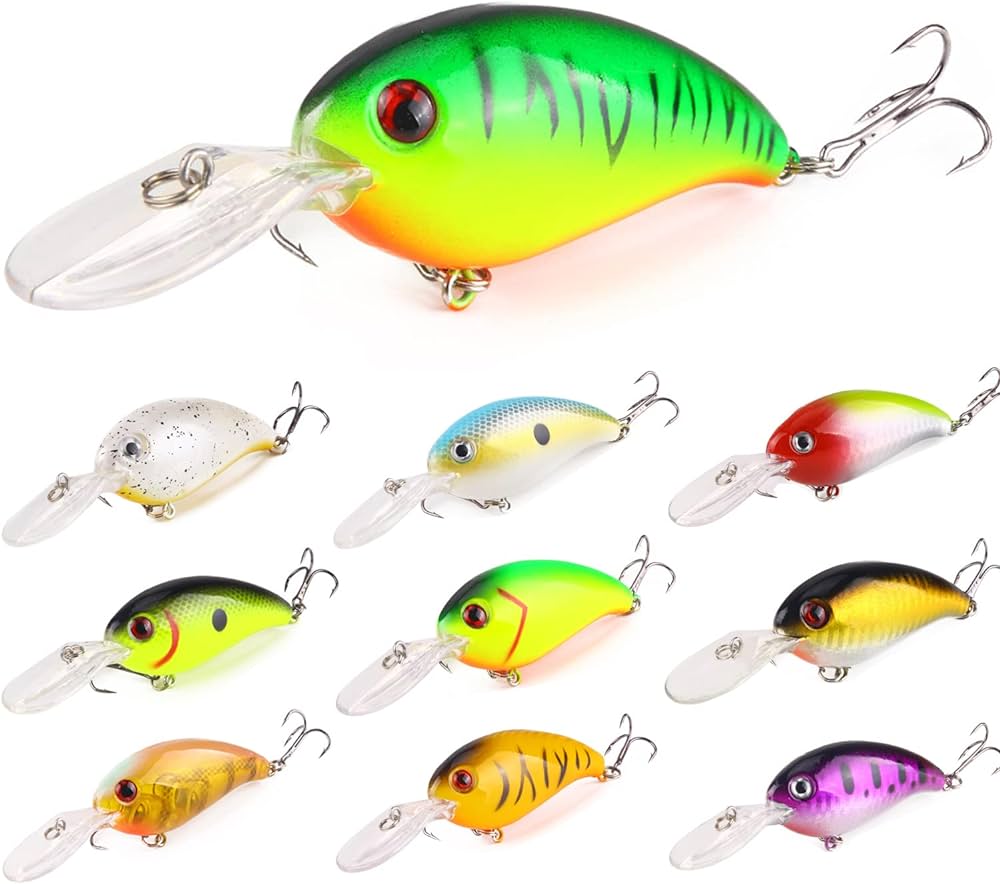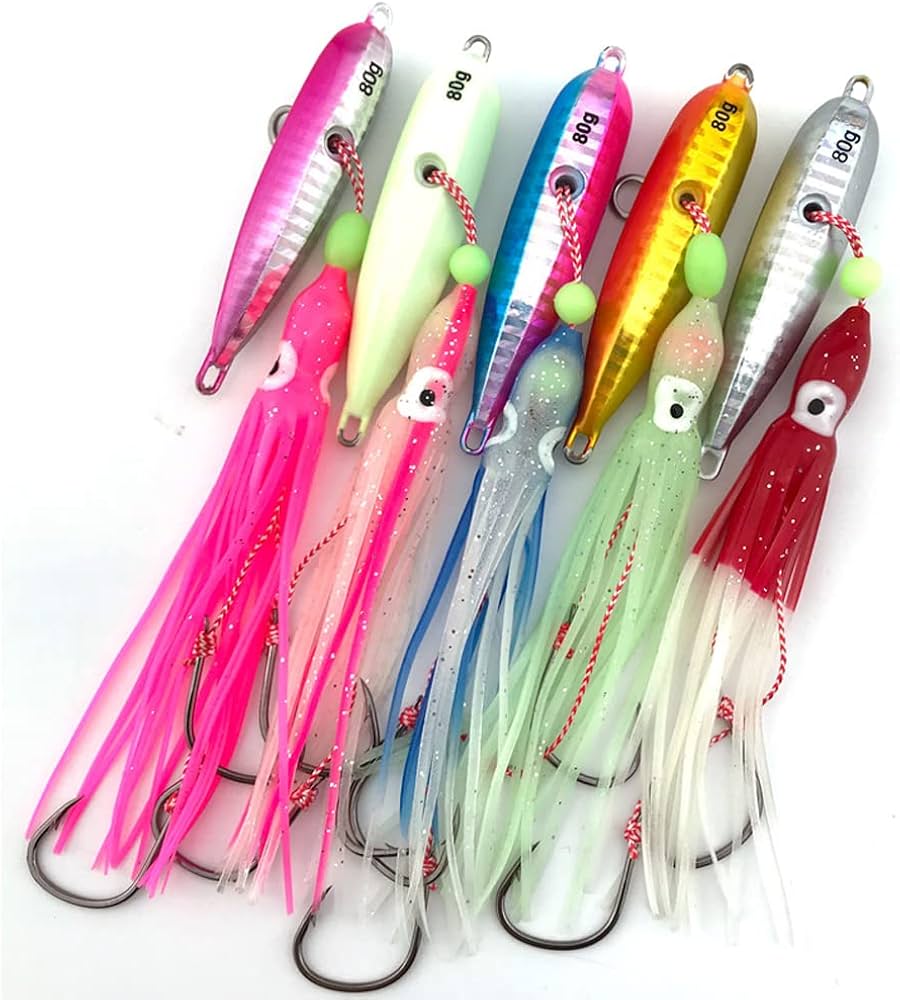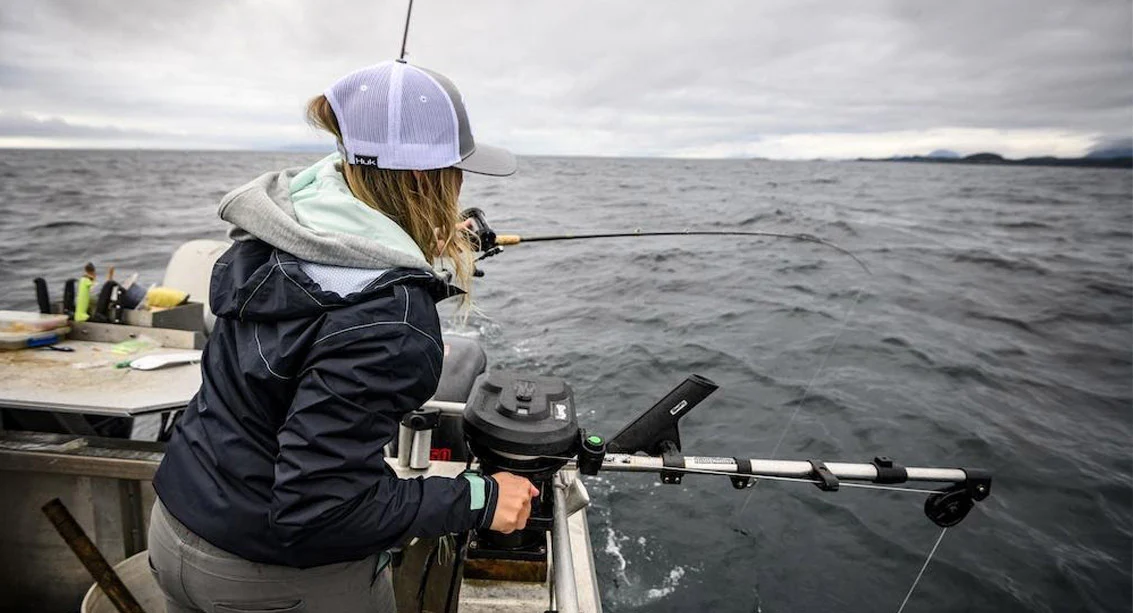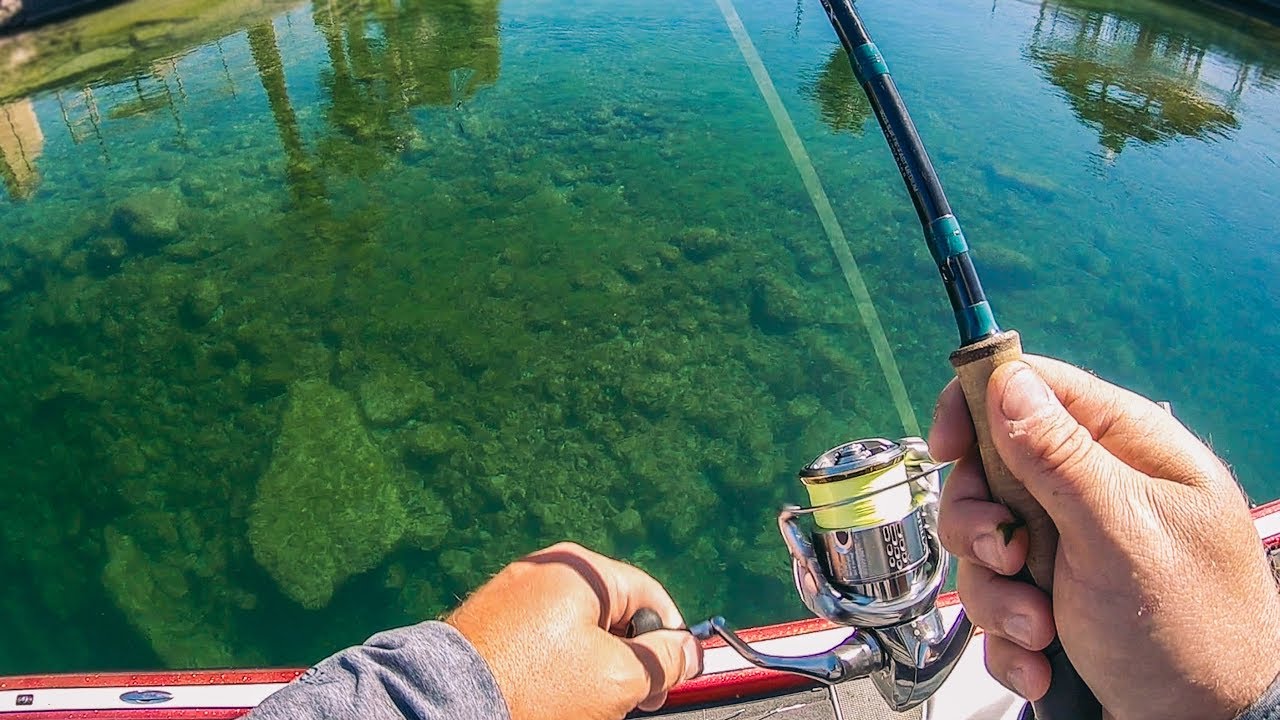Crappie fishing is a favorite among anglers, but success often depends on understanding the ideal conditions that drive crappie behavior. Factors such as water temperature, time of day, weather patterns, and water clarity play crucial roles in determining where and when crappie are most active. This article explores these elements in detail, helping you to maximize your chances of catching crappie.
Table of Contents
ToggleOptimal Water Temperature
Water temperature is one of the most significant factors affecting crappie activity.
- Spring Fishing Conditions: Spring is a prime time for crappie fishing, as the fish become more active in preparation for spawning. The ideal water temperature for crappie during this period ranges from 50°F to 70°F. Crappie begin to move into shallower waters as temperatures reach around 55°F, where they prepare to spawn. As the water temperature rises to about 60°F to 68°F, crappie will be in full spawning mode, often congregating around brush piles, submerged timber, and other structures in 1 to 6 feet of water. Fishing during the pre-spawn and spawn phases can be particularly rewarding, with jigs and live minnows being highly effective.
- Fall Fishing Conditions: As water temperatures cool down in the fall, typically ranging from the mid-50s to around 60°F, crappie start moving back to shallower areas after spending the summer in deeper, cooler waters. This transition period is another excellent time to target crappie, as they feed aggressively to build energy reserves for the winter. Anglers should focus on areas with structure close to drop-offs, using slow-moving presentations like jigs or small crankbaits to entice bites.
- Winter and Summer Considerations: Crappie tend to be less active in extreme temperatures. In the winter, when water temperatures drop below 50°F, crappie will often retreat to deeper waters, where they remain more sluggish and less likely to chase fast-moving lures. In the summer, as water temperatures rise above 75°F, crappie will also move to deeper, cooler waters. During these periods, it’s essential to adapt your techniques, such as using vertical jigging or trolling deep-diving crankbaits to reach the fish where they are most comfortable.

Ideal Time of Day
The time of day significantly impacts crappie feeding activity.
- Morning and Evening Bite: Crappie are most active during low-light conditions, making early morning and late evening the best times to fish. At dawn and dusk, crappie move into shallower waters to feed, often congregating around submerged structures or vegetation. Using a combination of live bait and brightly colored jigs during these times can be particularly effective, as crappie are more likely to bite in the reduced light.

- Midday Challenges: Fishing for crappie can be more challenging during the middle of the day when the sun is high. Crappie tend to retreat to deeper water or seek shelter under structures to avoid bright sunlight. If you find yourself fishing during these hours, focus on shaded areas, deeper drop-offs, or submerged structures, and consider using a slower, more methodical presentation to entice bites.
Influence of Weather and Seasonal Changes
Weather conditions and seasonal changes play a significant role in crappie behavior.
- Cloud Cover and Overcast Days: Cloudy or overcast weather can enhance crappie fishing by extending the low-light conditions that crappie prefer. On these days, crappie are more likely to remain in shallower waters throughout the day, making them easier to target. Adjust your fishing approach by using lighter-colored lures or those that create more vibration, as these will stand out better in darker conditions.

- Rain and Barometric Pressure: Rain and changes in barometric pressure can also impact crappie activity. A falling barometric pressure, often associated with approaching storms, can trigger crappie to feed more actively, making it a great time to be on the water. After a rainstorm, water may become murkier, which can affect crappie feeding habits. In these conditions, using brightly colored lures or live bait that crappie can easily detect is advisable.
- Seasonal Shifts: Crappie behavior changes with the seasons, influenced by factors like temperature and daylight hours. Understanding these seasonal patterns helps in predicting where crappie are likely to be found. For instance, in the spring, focus on shallower spawning areas, while in the fall, concentrate on transitional zones near deep water.
Water Clarity and Structure
Water clarity and the presence of structure are key elements in determining crappie location and behavior.
- Importance of Water Clarity: Crappie are sight feeders, so water clarity plays a significant role in their feeding habits. In clear water, crappie may be more cautious and prefer more natural-colored lures that mimic the local forage. In contrast, in murkier water, crappie rely more on vibration and contrast, making bright or flashy lures more effective. Adjust your lure selection based on the water clarity to increase your chances of success.

- Structure and Cover: Crappie are known for holding tight to structure, which provides them with cover and ambush points for feeding. Key types of structure to target include brush piles, docks, submerged timber, and artificial structures like crappie condos. The depth of the structure is also crucial, with crappie often being found at specific depths depending on the time of year and water temperature. Using electronics to locate these structures and identifying the depth at which crappie are holding can greatly improve your fishing success.
Understanding the ideal conditions for crappie fishing is crucial for maximizing your success on the water. By paying attention to water temperature, time of day, weather patterns, and water clarity, you can better predict crappie behavior and adjust your tactics accordingly. Whether you’re fishing in the spring, fall, or during extreme temperatures in winter and summer, adapting to these conditions will help you catch more crappie and enjoy a more productive fishing experience.

Robert Smith is the proud owner of Bait Barrels and Bows, a premier fishing sports store established in 1989. With over three decades of experience in the industry, Robert has honed his skills to become an expert angler, sharing his vast knowledge and passion for fishing with enthusiasts around the world. Through his store and writings, Robert provides invaluable tips and guidance, helping both novice and seasoned anglers improve their techniques and enjoy the sport to its fullest. His commitment to the fishing community is evident in his dedication to quality products and excellent customer service.

